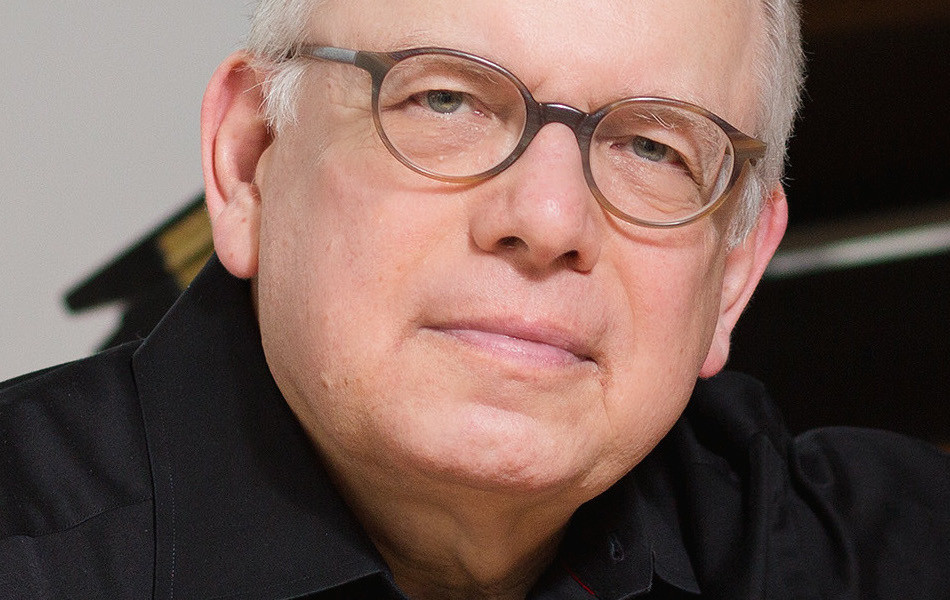Key Pianists presents Peter Takács: The Beethoven Experience—Middle Beethoven in Review
Key Pianists presents Peter Takács: The Beethoven Experience—Middle Beethoven
Peter Takács, Piano
Guest artist: Robert deMaine, Cello
Weill Recital Hall at Carnegie Hall, New York, NY
November 12, 2015
Peter Takács continued his admirable Beethoven series, this time focusing on works of the “middle period,” during which Beethoven swore to “take a new way.” Indeed he did, the works are much larger, exploratory, reveling in virtuosic figures and lyrical profundity, interrupted by mysterious keyboard recitatives.
The great thing about this evening was its palpable feeling of lived experience through the music, and passion. Mr. Takács sweeps away any sense of routine or intellectual concept (driven by the past thirty-some years of so-called historically informed performance practice). We aren’t thinking about metronome speeds or nit-picky articulation with Mr. Takács, only emotional meaning. Every single note, even in the brutally rapid passage work, sings. His demeanor at the keyboard is very quiet, economical, never showy or grandstanding.
He opened with the middle sonata of the three from Op. 31, nicknamed the Tempest, supposedly because Beethoven, always annoyed at being asked what his pieces “meant,” growled: “Oh, go read Shakespeare’s Tempest!” No matter, the work was revealed as a romantic struggle of opposites, mysterious sonorities and pleading melodies. Played with more elasticity than customary, Mr. Takács took his own “new way” convincingly.
He was then joined by the excellent cellist Robert deMaine (principal cellist of the Los Angeles Philharmonic) for a transcendent reading of the Cello Sonata No. 3 in A major, Op. 69. Both players shared the same approach, with Mr. deMaine’s passionate expansion mirrored in Takác’s finely detailed partnering. The short introduction to the finale was tear-inducing. The pair also brought out the weirdly obsessive qualities inherent in some of Beethoven’s writing in this, the latest composed of the works on this program.
After intermission, Mr. Takács insisted on playing the Andante favori, WoO 57, (originally intended as the slow movement to the Op. 53 Waldstein sonata) before the actual Waldstein, without interruption. It was an interesting idea, beautifully executed, although since Beethoven actually thought better and removed it from the sonata, I felt it was almost “too much,” especially to hear it before the immense sonata itself. In the Andante, Mr. Takács created a wonderful sense of spatial atmosphere, as though music were being heard across a mountain valley, especially in the poignant coda.
We may now say that Mr. Takács has “climbed K2” after this performance of the Waldstein, and when he completes this series in January with Op. 111, he can be said to have “conquered Everest.” His Waldstein was played with visceral excitement. The phrasing in the Rondo finale was particularly gorgeous. His solutions to the nightmarish glissando octaves in the same finale were ingenious and incredibly soft. All-in-all, a wonderfully lived performance of a touchstone that can all too often just sort of “go by” in the hands of other pianists.
As an encore, he favored his large enthusiastic audience with the Menuetto from the Piano Sonata No. 18 in E-flat major, Op. 31, No. 3 (The Hunt). You have one more chance to hear this artist, with “late” Beethoven, in January. Don’t miss it!

